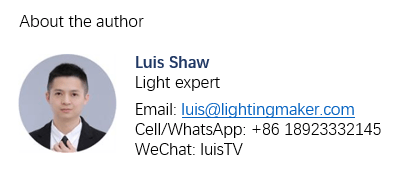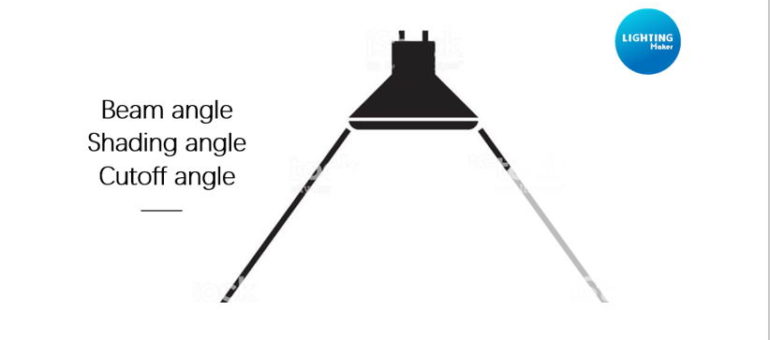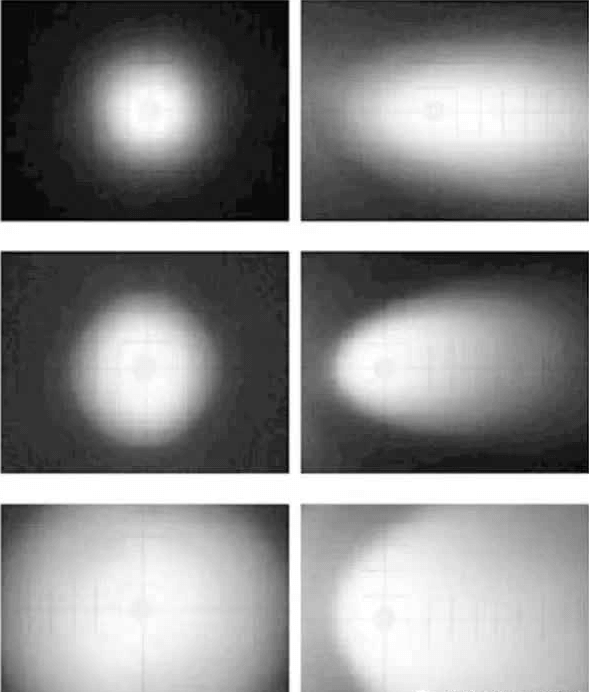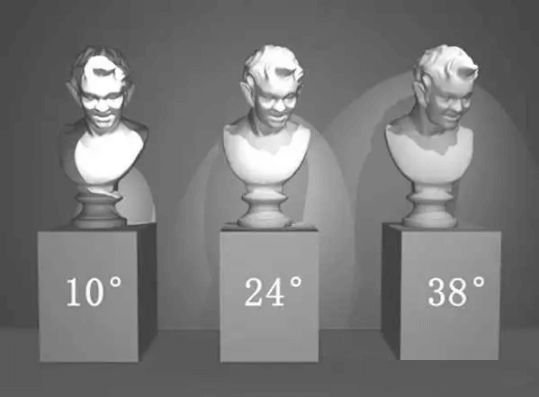Do you really understand the “three angles”?
“Advisory sales” was proposed, requiring the lighting industry sales technology not to be as versatile as the designer, at least should be more professional than the customer, can solve most of the problems of the owners, but in fact, we do in this regard still not enough, for example:
Usually we often hear questions from holder or the designer: what is the flux angle of this lamp? And then the salesman labeled the data to say how many degrees it is. But when the sample lamp is lit, how can this lamp be 12°, it seems can be 30°. Holder and the designer kept shaking their heads and expressed dissatisfaction. The salesman was downcast and speechless. Is this scene familiar?
Or there’s someone asks: what is the cutoff angle of this lamp? You don’t know cutoff angle? You are not easy to answer, the owner said, “this glare is very powerful, how could it be 60° cutoff angle?” you can’t answer it. Is this scene familiar?
Alright, today here, let us take a look at the three angles that make communication between us and holder and designers always problematic: beam angle, shading angle and cutoff angle.
1/Beam angle
Common halogen MR16 lamp cups have beam angles of 10°,24° and 38°.
Let’s have a look at the difference in their lighting effects first. The following figures show the effect of three light cups with the same power and different beam angles on the wall:
Attachment is the schematic diagram of the light distribution curve of three beam angles.
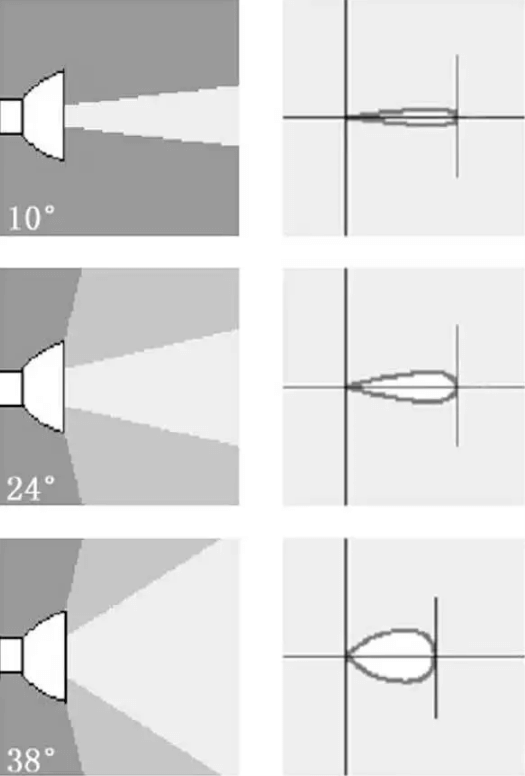
We can see that the 10° angle lamp cup has a small illumination range, and the center light intensity is the largest, which can form a strong contrast on the illumination surface. The 38° angle lamp cup has a big illumination range, and the center light intensity is the smallest, which can form a softer light spot on the illumination surface. The effect of the 24° angle is between 10° angle and 38° angle.
That is to say, the lamp cup with the same power, the larger the beam angle, the smaller the center light intensity, and the softer the light spot is. Conversely, the smaller the beam angle, the greater the center light intensity, and the harder the light spot is.
In practice, different beam angles have their own uses. In the above picture, three different beam angles produce three different effects on the statue.
The 10° angle gives a strong visual impact with its strong contrast of light and dark, and it can catch people’s eyes in the first time. However, we found that it does not allow us to see the detail of a plaster statue under the strong contrast of light and dark, and because the beam angle is too small, the statue is not fully illuminated.
The 24° angle is much better than the 10° beam angle, and it can show the texture of the gypsum and the expression of the statue, and it also has a good visual impact.
The 38 beam angle produces a soft, delicate effect when illuminating the statue, making it easier to see the details of the statue. However, because the beam angle is too large, the background and the statue are mixed together, which is difficult to attract people’s attention.
This is a comparison of different beam angles with the same power and the same projection position. In the practical use, we also need to consider the projection distance, direction, environmental brightness and other parameters, and select different lamp cups according to the needs.
It may need 10 beam angle if the surrounding ambient illumination is high. Since the surrounding ambient illumination can make up for the area it does not shine on the statue, and the 10 beam angle has a strong visual impact on the statue.
If the installing distance is close, 38 beam angle should be required. As the distance becomes shorter, the illumination range becomes smaller and the illumination is also increased. For the same reason, if the projection distance becomes longer, the beam angle of 10 should be selected.
Anyway, the scientific and rational choice of light sources and lamps can create an ideal environment and space atmosphere.
2/Shading angle
Light angle is the complementary angle of the cutoff angle. Then what is the cutoff angle? The cutoff angle is the angle between the vertical axis of the luminaire and the line of sight of the illuminant where the high brightness is not visible. Especially in street lighting, the cutoff angle is an important index to limit glare.
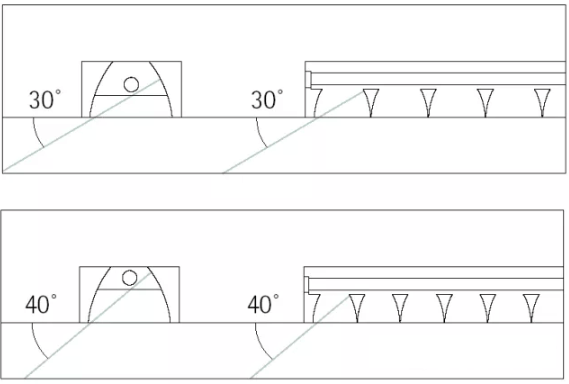
The shielding angle of the luminaire refers to the angle between the line connecting the edge of the light source and the edge of the opening of the luminaire.
The shading angle can

Small shading angle and large shading angle
Generally speaking, the commonly used shading angles of lamps are 30, 40 and 50. The room with a lower ceiling usually uses a 30 cutoff angle, since this angle not only provides relatively high vertical
The light thus distributed tends to overlap between the beams, and the proportion of illumination on the vertical plane is correspondingly higher.
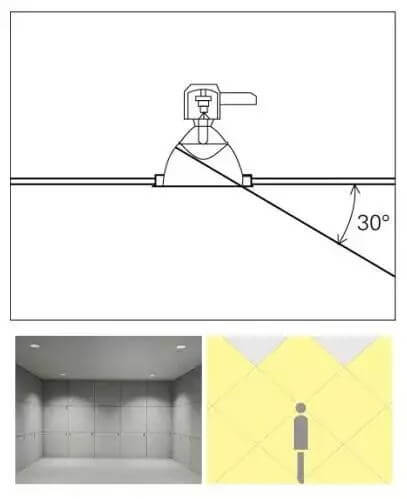
For high-demand visual environments, lamps with large shading angles are usually used. Generally, the 50° shading angle is narrower than the 30° shading angle so the horizontal illumination ratio will be higher than the vertical illumination, and the ceiling will appear darker.
The narrow beam can also effectively reduce stray light, and the user can visually feel the charm of the focused light.
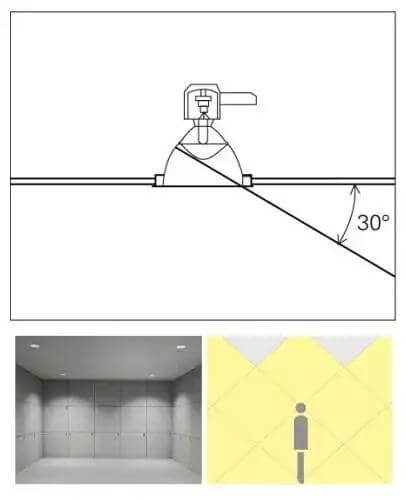
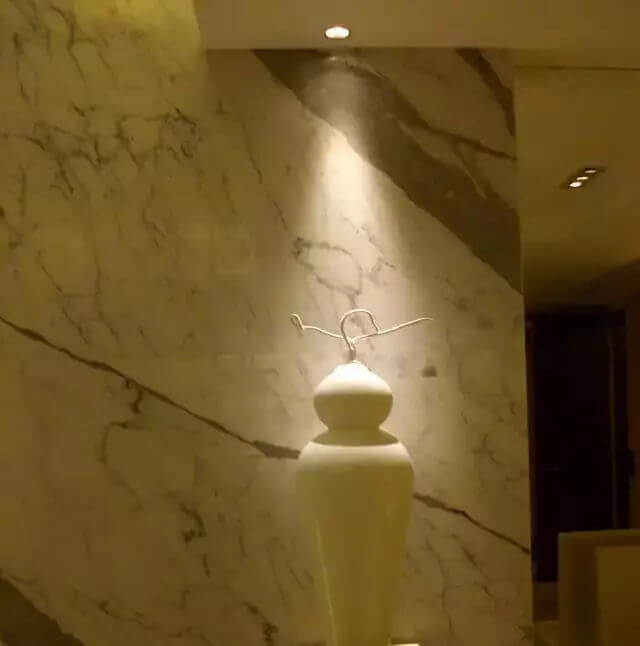
A light-shielded luminaire with a focusing effect that removes stray light
3/Cutoff angle
Note: The cut-off angle of the fixture is often confused with the shading angle, but the difference is a thousand miles, which is actually the corner of the shading angle. I am too lazy to take pictures, but I will not talk nonsense. You will understand the above picture.
The shading angle and the cut-off angle, which are commonly used to control the glare of the luminaire, are necessary parameters for measuring the visual comfort of the luminosity distribution of the luminaire. Outdoor street lights directly use the cut-off angle to measure the glare level of the fixture.
Question: The luminaire with a protection angle of 30° (cutting angle of 60°), why is it still so glaring when standing at a geometric position of 30°? Above picture.
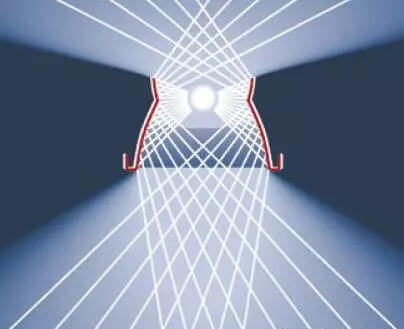
From the figure we can see that the light of the luminaire, in addition to the direct light source may cause glare, the reflected light on the surface of the lamp cavity material may also cause glare. In addition, the overall brightness of the surface of the luminaire may also cause glare on the surface of indoor materials, especially computers.
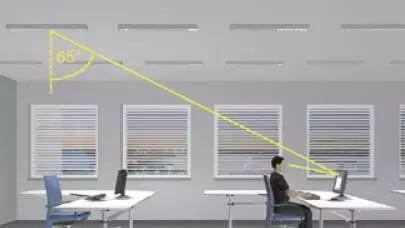
In general, light environment glare control is a systems engineering. Just looking at the protection angle is obviously not enough, and now many lighting designers use the beam angle to measure the glare control of the luminaire, which is a bit simple and rude. If you have the conditions, you should still look at the light distribution curve of the luminaire.
